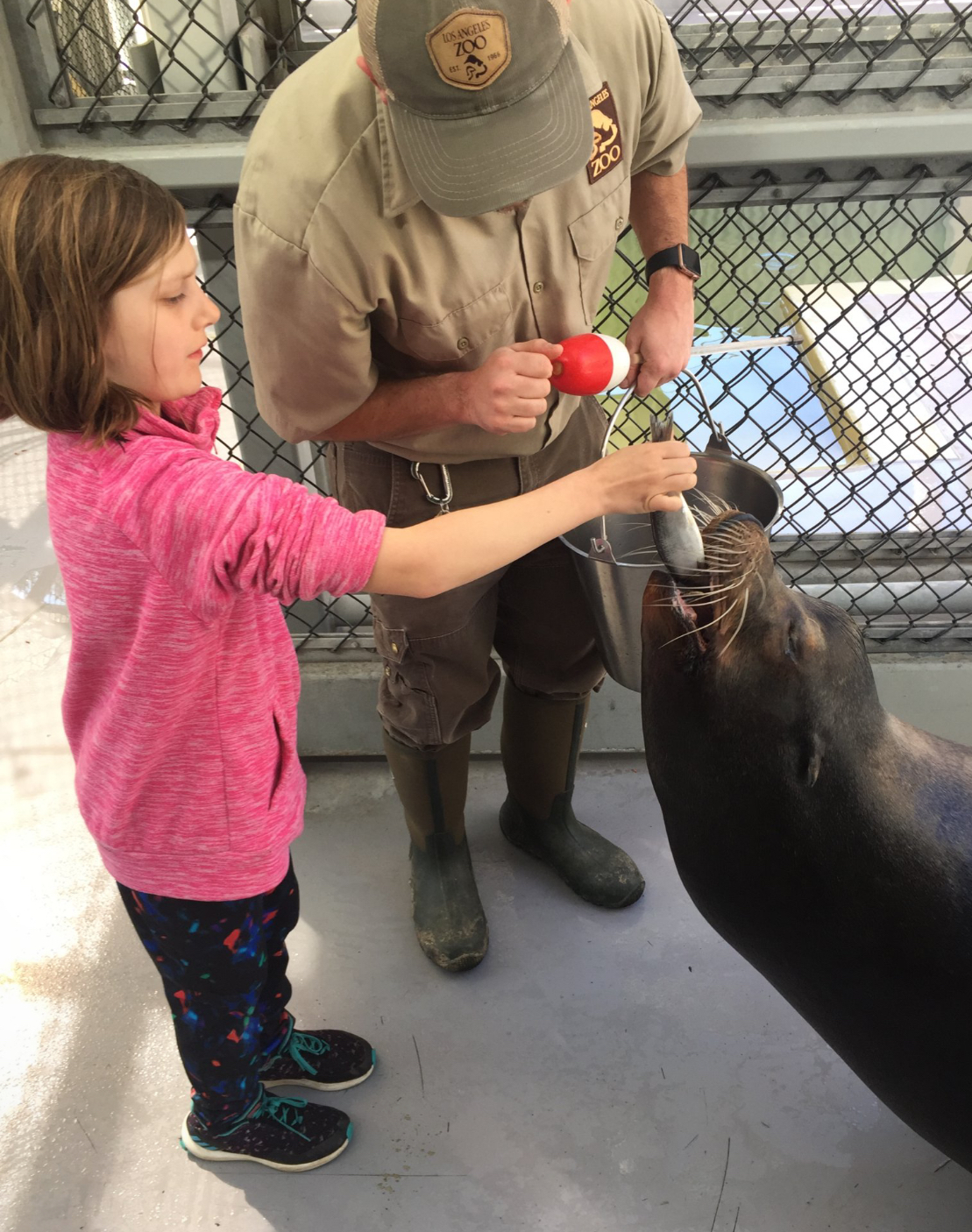If you haven’t already, check out my first blog about animal training plans linked below!
Components of Animal Training Plans
Identify who is training and who you will train
- How comfortable are you with the animal and they with you?
- What is the animal’s history with training?
- Have you trained this animal before?
- Do you know the animal’s natural history, individual history, and preferences?
Identify what you will train
- Does that animal have specific behavioral goals to be trained?
- Does the animal have any undesired behavior that should be addressed through training?
- Are there any husbandry or medical behaviors that could be trained?
- What are the purpose, goals, or plans for training this animal?
- How will this benefit the animal or improve its welfare state?
Identify where you will train
- Where will you train this behavior?
- Will you need to generalize the behavior to multiple location(s)
- Are there special considerations for each location, if varies?
Identify when you will train
- When will you be able to work on training?
- Are there certain times the animal responds more favorably to training?
- If training depends on more than one person, how will you communicate and schedule training?
- How often should/could you work on training?
Identify any potential safety concerns
- Are there safety considerations to complete your behavioral goal?
- Can you give the animal your focus and attention while training or do adjustments need to be made?
- Has the animal shown any concerning or unfavorable reactions to certain locations, environmental stimuli, or specific people that should be considered?
- Will you be training free-contact or protected-contact?
Identify clear criteria
- Define your specific criteria for the final behavior
- Define your criteria for each approximation step
- Criteria are the specifics of what you will reinforce
- Remember all aspects of behavior such as duration, latency, topography, and intensity of the behavior
Identify the desired Signal/Cue (desired SD)
- What will be your cue
- Your cue should be clear and consistent
- Will your cue be verbal, visual, or both?
- When will you introduce your cue in your approximations?
Identify the animal’s preferred reinforcers (primary and secondary)
- What food reinforcers does this animal like?
- Do you have access to this food for training sessions?
- Are there limitations?
- Will you be using a secondary or conditioned reinforcer?
- Have you properly paired the secondary reinforcer with this animal?
Identify the shaping plan approximations
- Systematically break down the behavior into smaller increments
- List these in successive order starting with the easiest approximation and work up until you can obtain the final behavior criteria
- Break down each step into easily achievable approximations
Identify if your training plan needs to be approved
- Do you need, or would you benefit, from a second opinion?
- Does your facility require training plans to be approved?



